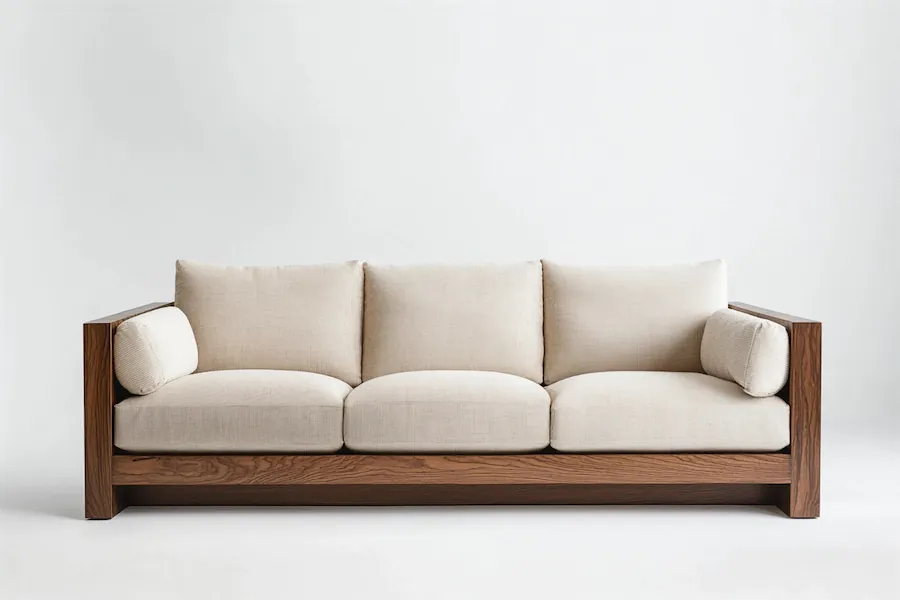A minimalist sofa embodies the essence of simplicity and functionality, aligning with the minimalist design philosophy that emphasizes clean lines, uncluttered spaces, and purposeful decor.
History and Origins of Minimalist Sofas
The minimalist movement emerged in the mid-20th century as a reaction against the excesses of previous design eras. Influenced by the Bauhaus and De Stijl movements, minimalist design focuses on the principle that “less is more,” stripping away unnecessary ornamentation to highlight form and function. In furniture design, this led to the creation of sofas that prioritize simplicity, utility, and beauty through minimalistic forms.
Key Features of Minimalist Sofas
- Clean Lines: Minimalist sofas are characterized by straight or gently curved lines, avoiding intricate details or embellishments.
- Neutral Color Palettes: They often feature neutral tones such as white, gray, or beige, contributing to a calm and serene environment.
- Functional Design: Emphasis is placed on comfort and usability, with designs that serve practical purposes without superfluous elements.
- High-Quality Materials: The use of durable and premium materials ensures longevity and adds a touch of understated elegance.
Applications of Minimalist Sofas
Minimalist sofas are versatile and can enhance various interior design styles:
- Modern Living Rooms: They complement contemporary spaces by adding sophistication without overwhelming the decor.
- Small Apartments: Their streamlined design makes them ideal for compact spaces, creating an illusion of openness.
- Scandinavian Interiors: Aligning with the Scandinavian design ethos, minimalist sofas contribute to a functional and aesthetically pleasing environment.
Considerations When Choosing a Minimalist Sofa
- Size and Proportion: Select a sofa that fits the scale of your room to maintain balance and harmony.
- Material and Upholstery: Choose fabrics that are both comfortable and durable, considering factors like ease of cleaning and resistance to wear.
- Comfort: Ensure that the minimalist design does not compromise on comfort; test the seating to confirm it meets your relaxation needs.
- Integration with Decor: Consider how the sofa’s design and color will integrate with your existing interior elements to achieve a cohesive look.
Conclusion
A minimalist sofa serves as a functional centerpiece that embodies the principles of simplicity and elegance. By carefully selecting a piece that aligns with your space and personal preferences, you can create a harmonious living area that reflects the minimalist ethos.
